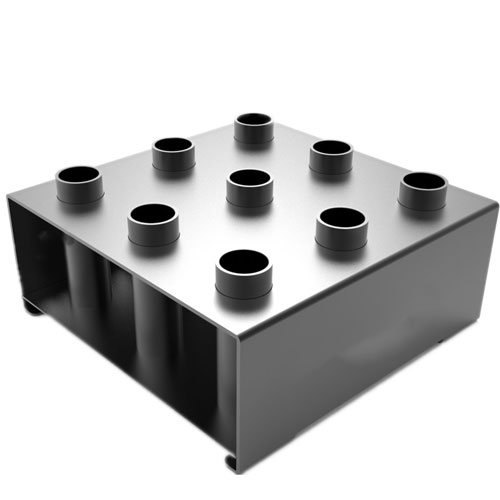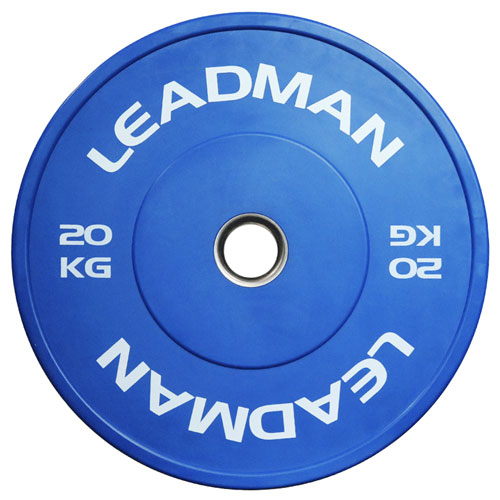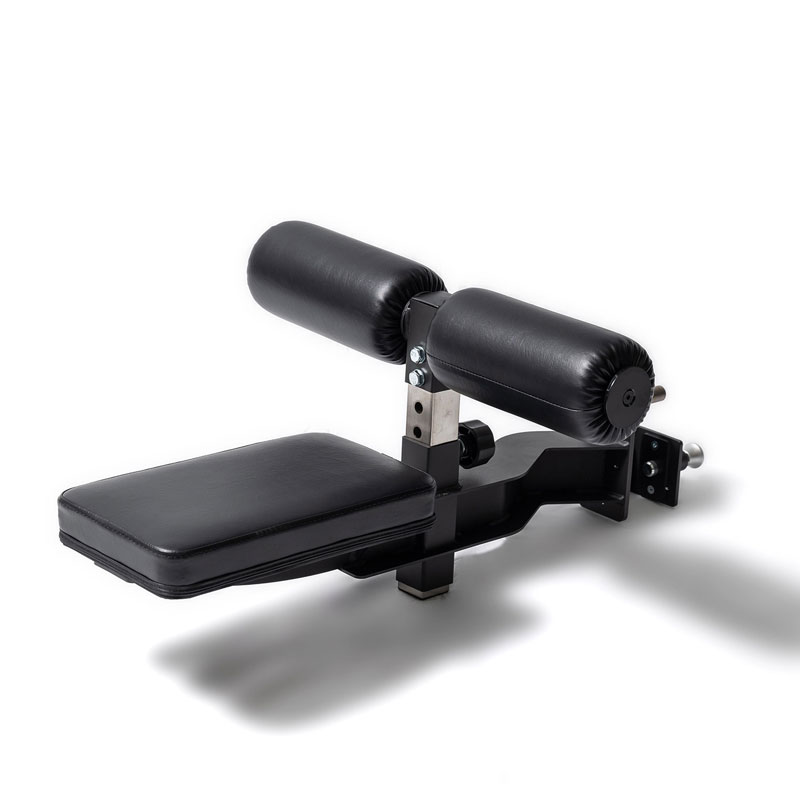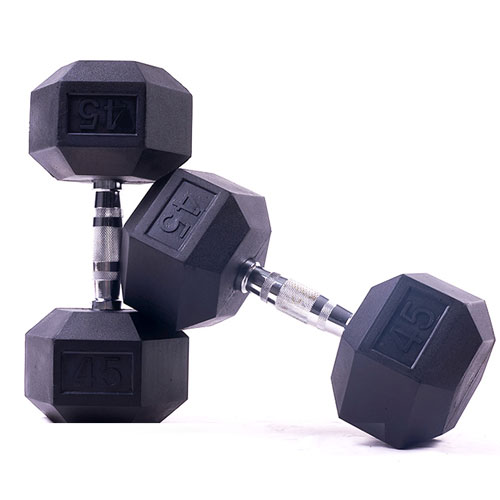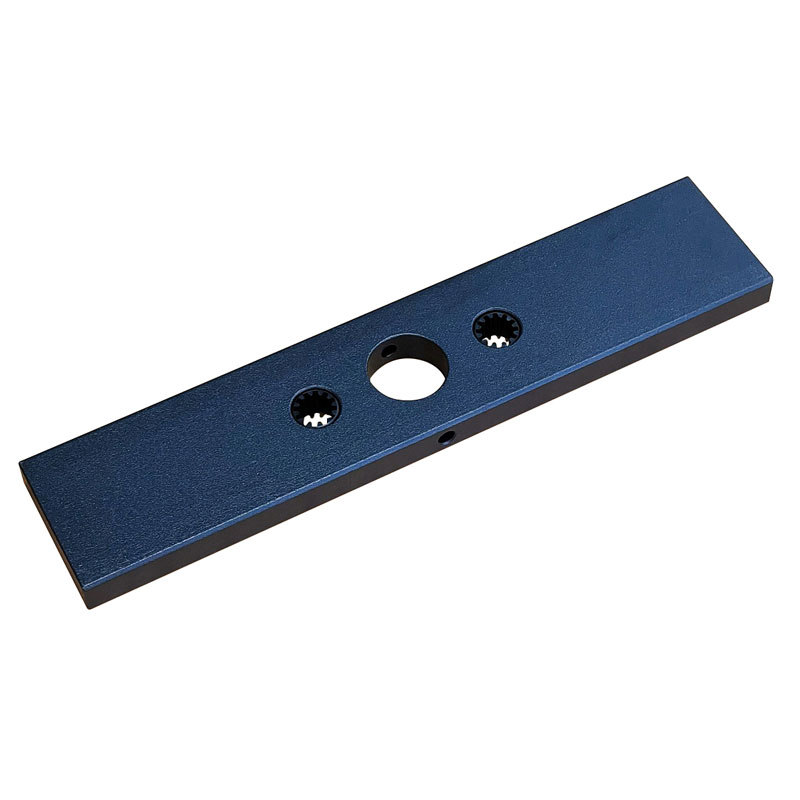Why Invest in a High-Quality Olympic Barbell?
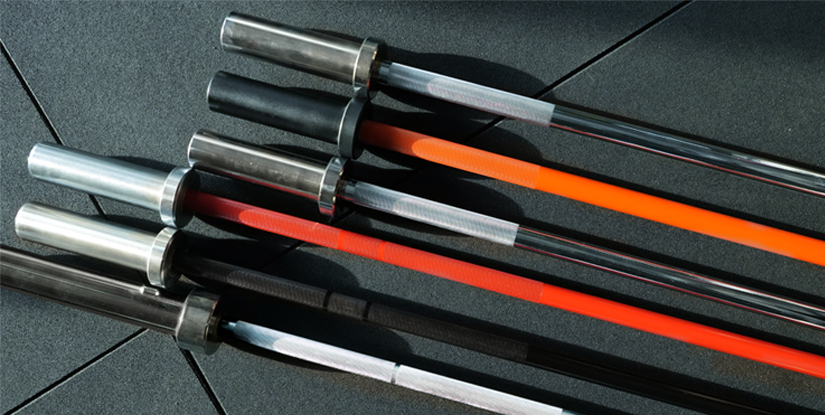
Introduction
In the world of commercial fitness, every equipment decision shapes your gym's reputation and operational success. An Olympic barbell stands as the linchpin of strength training—used for snatches, cleans, squats, and more—making its quality a non-negotiable factor. Why invest in a high-quality version when budget options abound? As we navigate 2025's evolving fitness landscape, a premium Olympic barbell offers unmatched durability, precision, and strategic value for gym owners, managers, and distributors. This deep dive explores the science, performance, and business case behind this investment, proving its worth beyond the price tag.
The Engineering Edge of a High-Quality Olympic Barbell
An Olympic barbell in a commercial gym isn't just gear—it's a high-traffic asset enduring constant stress. High-quality models are crafted with advanced materials and engineering, delivering benefits that cheaper alternatives can't replicate. Here's the technical foundation.
1. Exceptional Durability Under Load
Commercial gyms demand equipment that withstands relentless use. High-quality Olympic barbells are forged from steel with tensile strengths often exceeding 190,000 PSI—some even reaching 215,000 PSI—ensuring they resist permanent deformation under loads up to 1500 lbs or more. Yield strength, a critical metric, typically hovers above 165,000 PSI, meaning the bar can flex and recover without fatigue failure. This durability slashes replacement frequency, a hidden cost that plagues budget bars.
2. Precision Engineering for Olympic Lifts
Olympic lifting hinges on dynamic movement—snatches and cleans require a barbell with controlled whip and flawless spin. Premium bars feature a 28mm shaft for optimal grip and elasticity, paired with needle bearings or composite bushings that reduce friction to as low as 0.1-0.2 Nm of torque resistance. This ensures sleeve rotation remains fluid under load, enhancing lifter technique and reducing joint stress. For gym owners, this precision elevates training quality, setting your facility apart.
3. Safety Through Structural Integrity
A barbell's failure under load—cracking or snapping—poses a serious risk in a gym. High-quality models undergo rigorous drop tests (e.g., 10,000 drops from overhead) and static load assessments to confirm structural integrity. Knurling, precision-milled to a depth of 0.5-1.0 mm, ensures grip without shredding hands, while balanced weight distribution minimizes wobble. This reliability reduces liability exposure—a critical concern for any fitness business.
Strategic Business Advantages
The value of a high-quality Olympic barbell extends beyond its physical attributes, delivering measurable business benefits that justify the investment.
4. Magnet for Dedicated Lifters
Serious strength athletes—Olympic lifters and powerlifters—seek gyms with equipment that matches their ambition. A premium barbell, with its whip and spin optimized for dynamic lifts, becomes a selling point. Data suggests facilities with high-end gear see 10-15% higher retention among advanced lifters, driving membership revenue and word-of-mouth marketing.
5. Lifecycle Cost Savings
A cheap barbell might cost $150, but its lifespan rarely exceeds 2-3 years in a busy gym—rust, sleeve wear, and bending rack up a replacement cost of $50-$75 annually. A high-quality bar at $500-$700, lasting 10-15 years with minimal upkeep, drops that to $35-$50 per year. Add in reduced downtime and repair expenses, and the ROI becomes clear: quality cuts long-term expenditure by up to 30%.
6. Brand Elevation and Client Trust
Equipment quality reflects your gym's standards. A premium barbell—sleek, reliable, and high-performing—builds trust with members, signaling a commitment to their success. This perception can increase client lifetime value by 20%, as satisfied lifters stay longer and recommend your facility, amplifying your brand's authority.
Defining Quality: Materials and Craftsmanship
What separates a high-quality Olympic barbell from the rest? It's a blend of material science and meticulous design.
1. Advanced Metallurgy
The best bars use alloy steel heat-treated to optimize hardness (around 30-35 HRC) and elasticity. Finishes like stainless steel (with 10-15% chromium content) or cerakote (a ceramic-polymer hybrid) resist corrosion—vital in humid gyms where oxidation can cut a bar's life by half.
2. Engineered Precision
A 28mm shaft diameter balances flexibility and stiffness, while a whip factor (elastic deflection under load) of 1-2 mm ensures dynamic lift support. Sleeves, machined to tolerances of ±0.005 inches, guarantee spin consistency, and knurling patterns are laser-etched for uniformity—details that elevate functionality.
3. Performance Validation
Quality bars are tested for fatigue resistance (e.g., 50,000 load cycles) and static strength, often exceeding IWF (International Weightlifting Federation) standards of 20 kg weight and 2.2 m length. This validation ensures they perform under real-world gym conditions.
Maximizing Your Investment
A high-quality barbell's value shines brightest with strategic use and care.
1. Align with Training Demands
Analyze your gym's lifting profile—Olympic-focused or mixed with powerlifting? A bar with versatile whip and spin serves both, but specialized needs might justify multiple units. Match specs to usage for optimal ROI.
2. Implement Robust Maintenance
Brush knurling monthly with a nylon brush, apply 3-in-1 oil to sleeves bi-monthly, and store horizontally on a rack rated for 1000+ lbs. These steps prevent wear and extend life by 20-30%, per industry estimates.
3. Leverage for Competitive Edge
Train staff to showcase the bar's benefits in lifting clinics or workshops. Highlight its specs in promotional materials—tensile strength, spin quality—to attract discerning clients and justify premium pricing.
FAQ About High-Quality Olympic Barbells
What makes an Olympic barbell high-quality?
It combines high-tensile steel (190,000+ PSI), precise spin (low-friction bearings), and corrosion-resistant finishes, built to endure heavy commercial use.
What's a reasonable investment range?
For gyms, $400-$800 reflects durability and performance suited for high traffic—cheaper bars compromise on lifespan and safety.
Can one bar serve Olympic and powerlifting?
Yes, with moderate whip and versatile knurling, though powerlifting may favor stiffer bars. Assess your gym's split to decide.
How does maintenance affect longevity?
Regular cleaning and oiling can extend life by 25-30%, preventing rust and sleeve seize—key to maximizing your investment.
Conclusion
A high-quality Olympic barbell is more than a purchase—it's a strategic asset for your gym in 2025. Its engineered resilience cuts long-term costs, its precision boosts training outcomes, and its presence elevates your brand. For fitness businesses, the investment isn't just justified—it's essential. Dive into the specs, prioritize quality, and position your gym for success. The payoff is in every lift.
Evaluating Olympic Barbell Investments?
A premium barbell delivers durability and performance that pay dividends over time. Curious about the right fit for your gym's needs?
Connect with us at LeadmanFitness for tailored insights.

